Lemon Tree - Citrus
Lemon Tree - Citrus
Lemon Tree - Citrus
Couldn't load pickup availability
To grow a Lime in New England, provide ample sunlight and warmth indoors during cooler months and protect it from frost and cold temperatures. Water consistently to keep soil moist but not soggy, and fertilize during the growing season. Overwintering requires bringing the plant indoors to a bright location before the first frost, and adjusting it back to outdoor conditions gradually in the spring.
Sunlight:
Position your Lime tree near a south-facing window or supplement with grow lights to provide at least six hours of direct sunlight daily. Rotate the plant weekly for even light exposure.
Keep the plant in a room with temperatures between 65-70°F during the day and 55-60°F at night.
Transitioning Outdoors: When moving the plant outdoors in the spring, do so gradually over two weeks to allow it to acclimate to the increasing light and temperatures.
Moisture:
Water regularly to keep the soil consistently moist but avoid waterlogged conditions, as lemon trees are susceptible to root rot.
Indoor Humidity: Most homes have dry winter air; use a humidifier or create a pebble tray to increase humidity around the plant.
Fertilizing:
Feed your lemon tree with a high-nitrogen or slow-release fertilizer during its growing season (spring to fall), but discontinue feeding in winter.
Pruning: Prune after fruit harvest and before the next blooming period to improve air circulation, promote fruit growth, and remove problem branches.
Winter Care
Bring Indoors: Bring your lemon bush inside before the first frost, around early November.
Inspect for Pests: Before bringing it indoors, check the plant for any pests to prevent them from spreading to other houseplants
Share
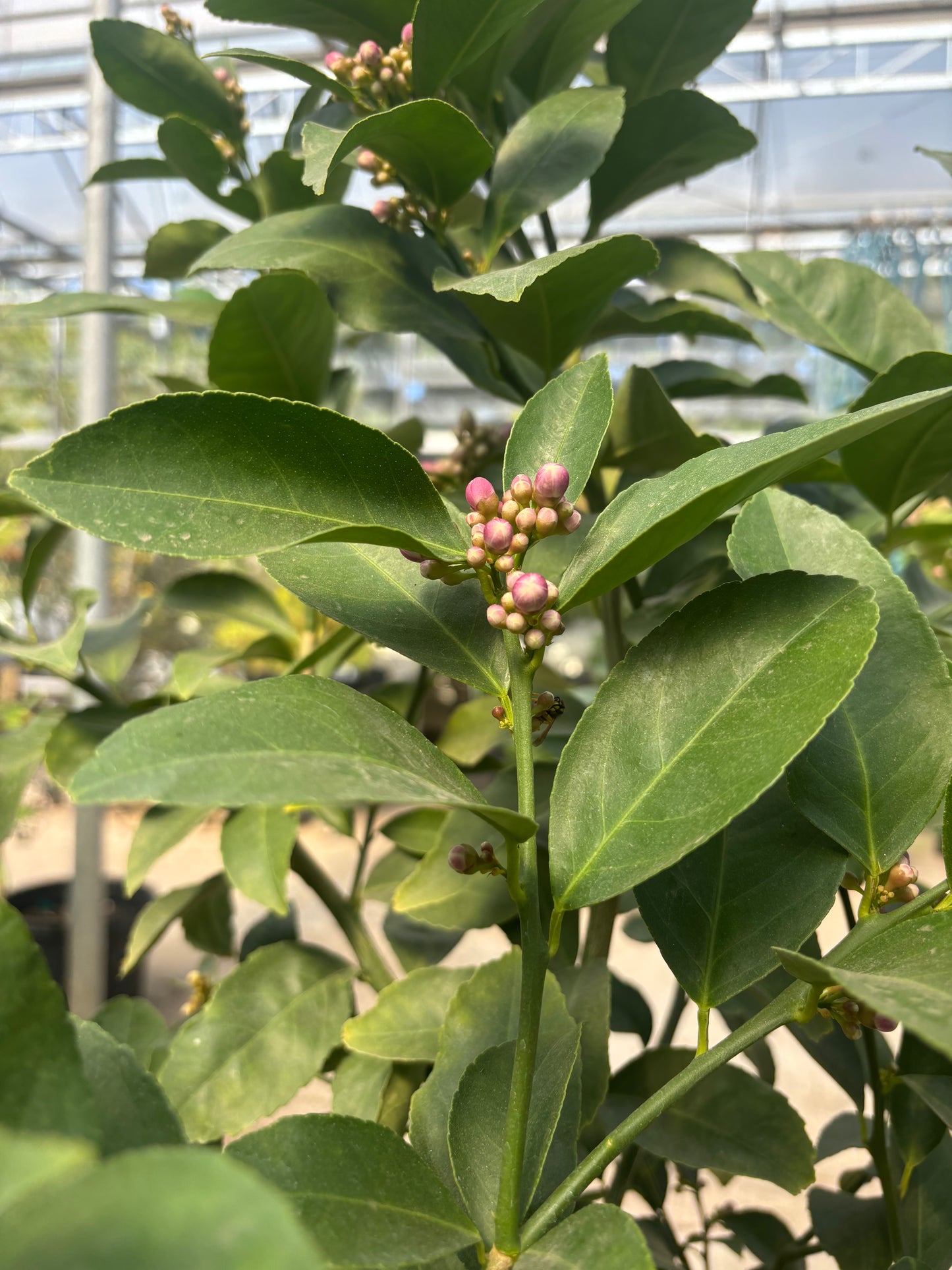
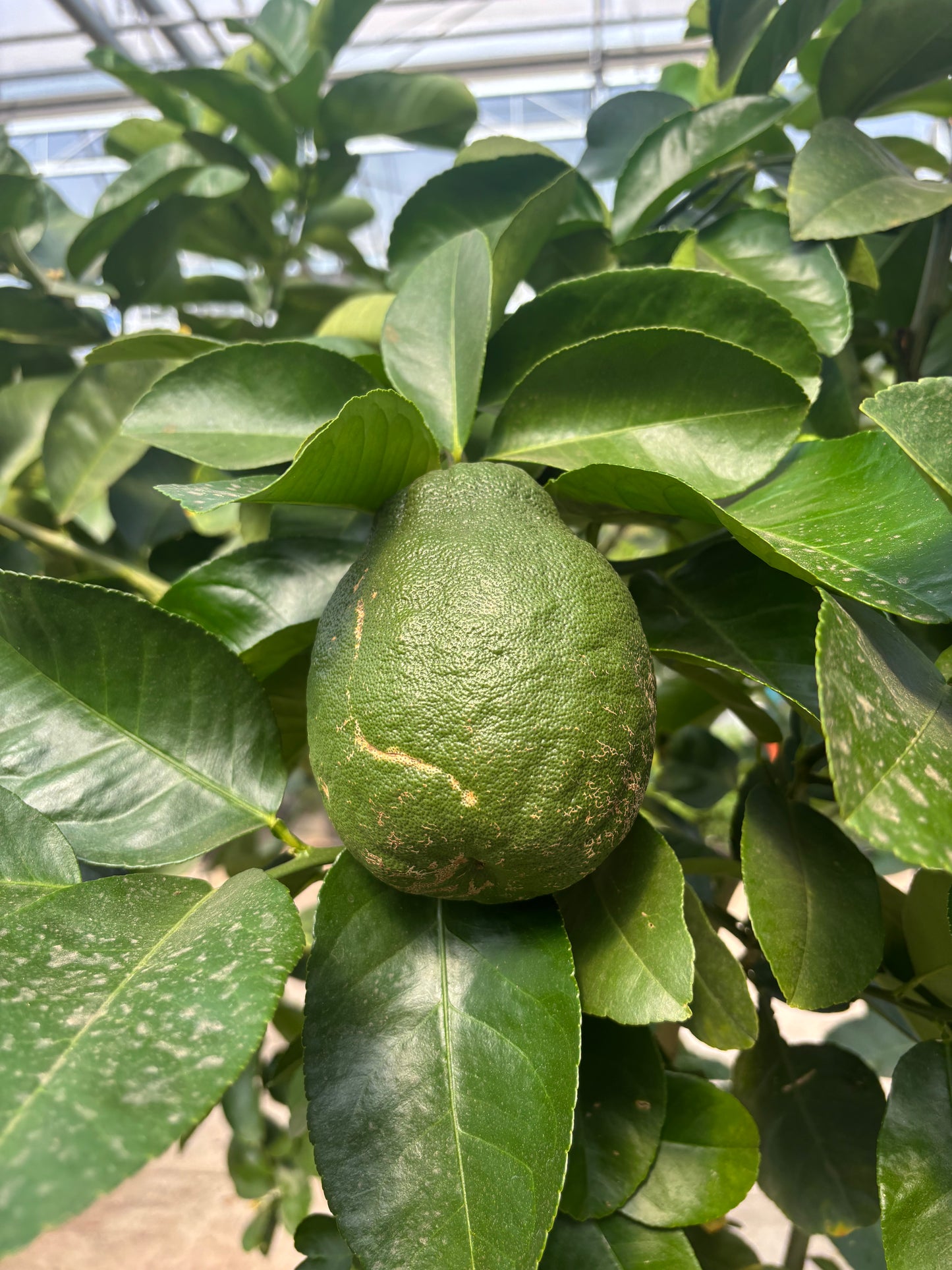
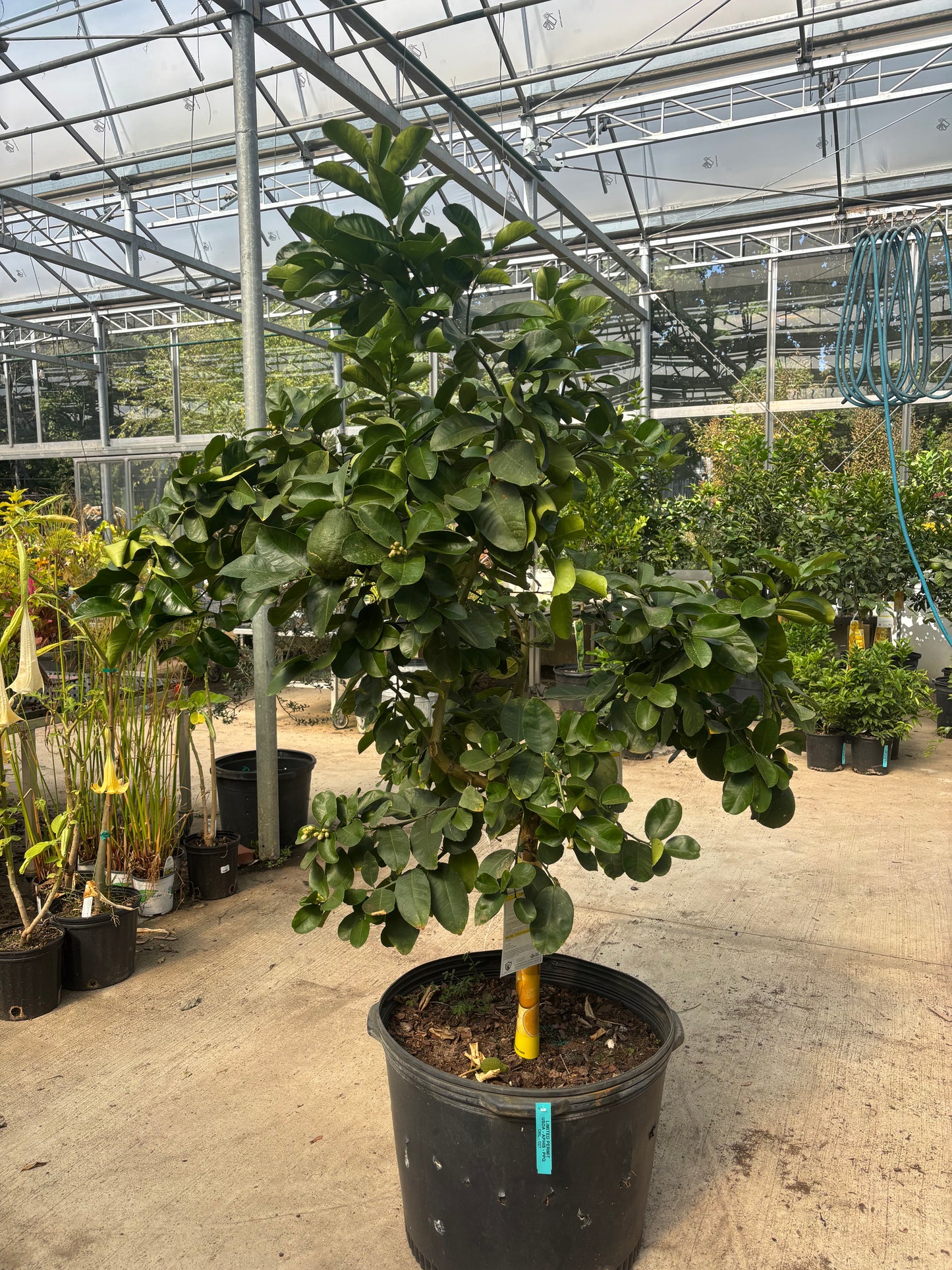
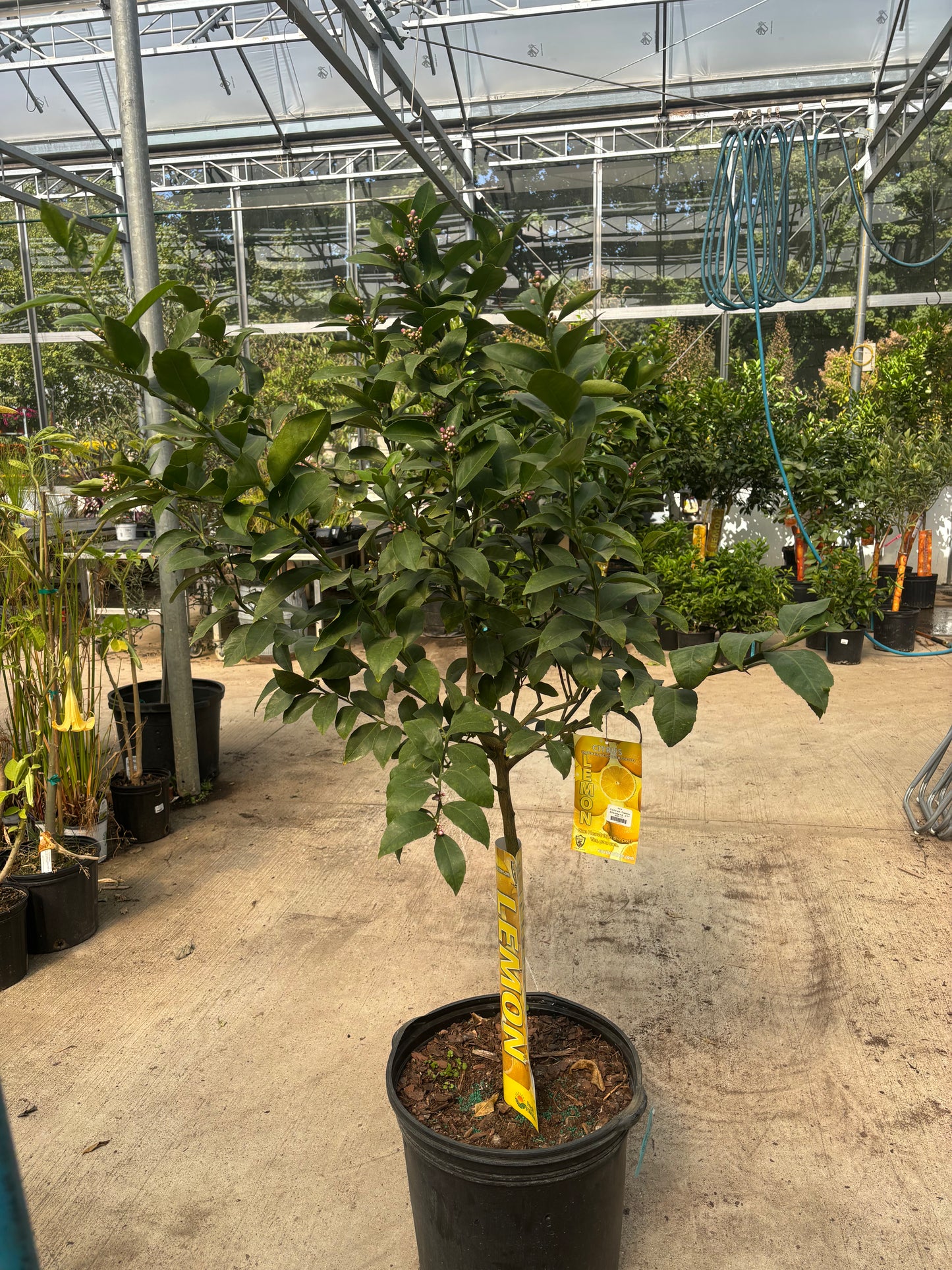
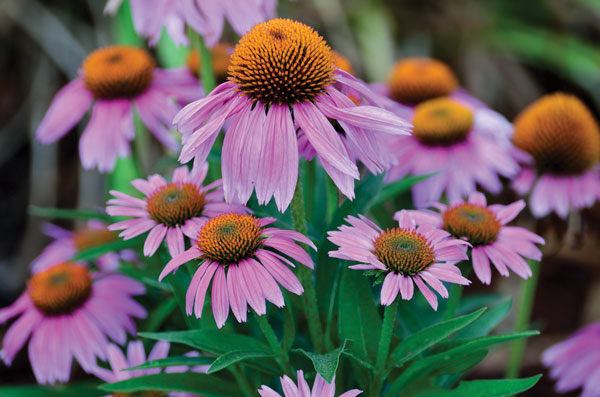
Subscribe to our emails
Subscribe to our mailing list for insider news, product launches, and more.




